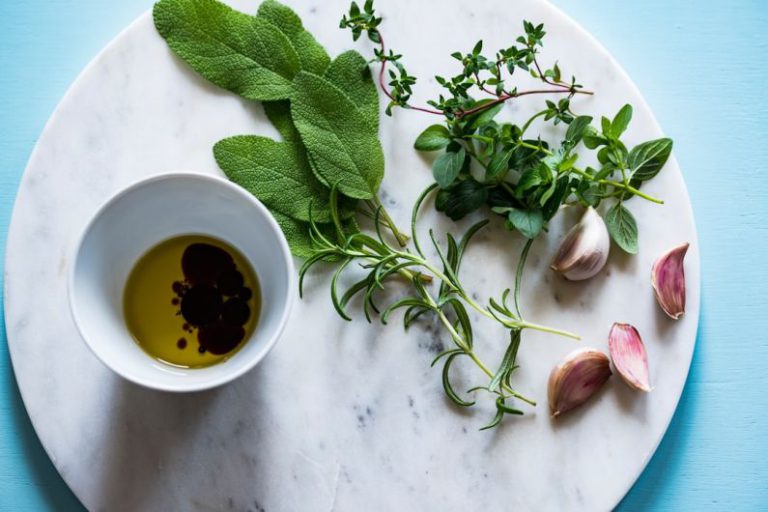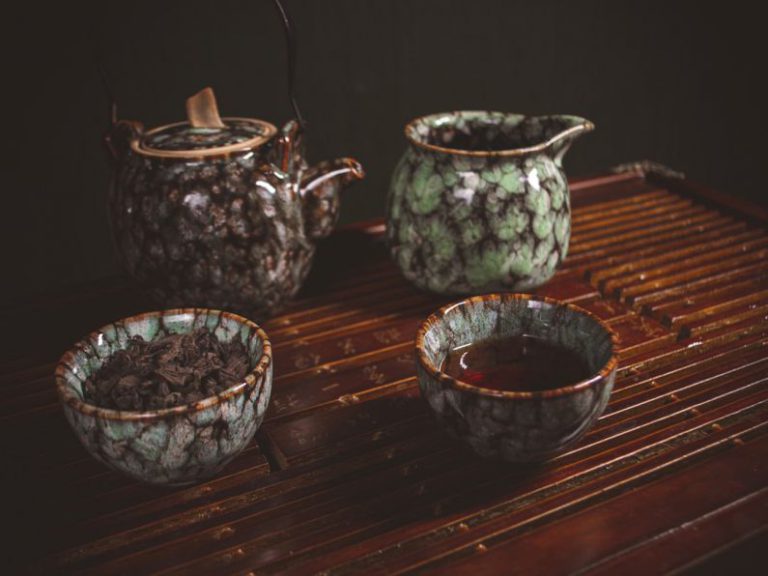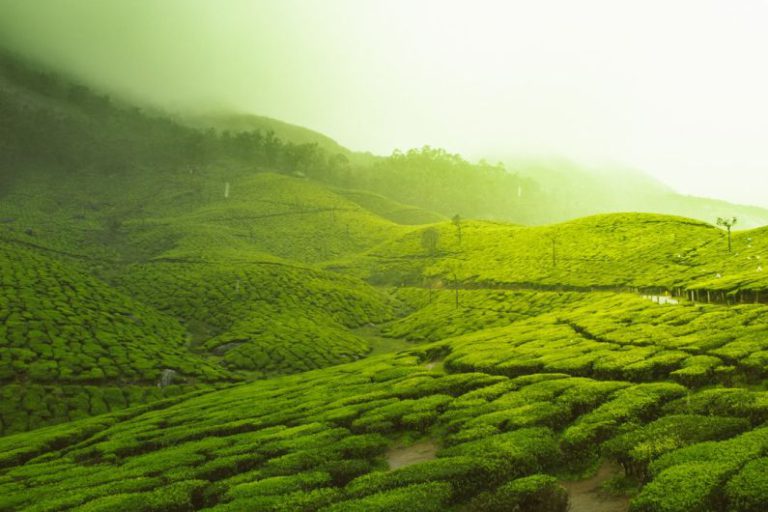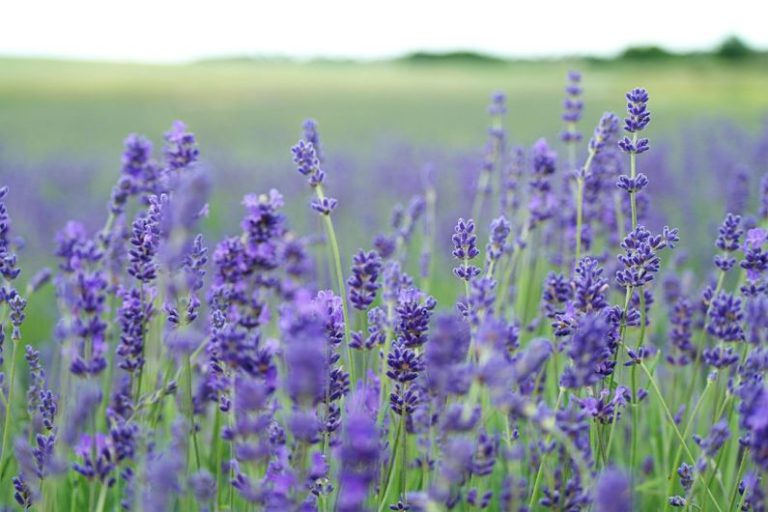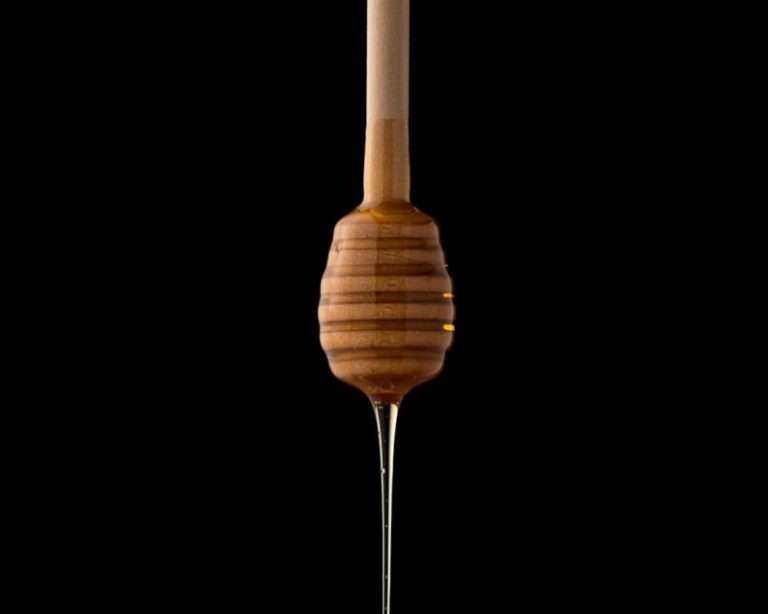Matcha Tea: Japan’s Bitter-sweet Gift to the World
Matcha tea, a vibrant green powdered tea with a rich history and unique flavor profile, has become a beloved beverage worldwide. Originating from Japan, matcha has transcended its cultural roots to become a global phenomenon. Let’s delve into the world of matcha tea and explore its origins, health benefits, and culinary uses.
**The Origins of Matcha Tea**
Matcha tea has been an integral part of Japanese tea ceremonies for centuries. The tradition of drinking matcha dates back to the 12th century when it was introduced to Japan by Buddhist monks. The meticulous process of cultivating, harvesting, and processing matcha leaves has been passed down through generations, ensuring the preservation of its unique qualities.
**The Art of Matcha Preparation**
The preparation of matcha is a ritualistic process that requires precision and care. The tea leaves are shaded for several weeks before harvest to enhance their flavor and increase chlorophyll levels, giving matcha its vibrant green color. Once harvested, the leaves are steamed, dried, and ground into a fine powder using traditional stone mills. The resulting powder is then whisked with hot water using a bamboo whisk until frothy, creating a smooth and velvety texture.
**Health Benefits of Matcha Tea**
Matcha is renowned for its numerous health benefits, making it a popular choice among health-conscious consumers. Rich in antioxidants, matcha helps boost the immune system, promote heart health, and reduce inflammation. The high concentration of catechins in matcha also contributes to its fat-burning properties, making it a favored choice for those looking to aid weight loss.
**Culinary Uses of Matcha**
Beyond its traditional use as a beverage, matcha has found its way into a variety of culinary creations. From matcha-flavored desserts like ice cream and pastries to savory dishes such as matcha-infused noodles and sauces, the versatility of matcha in the kitchen is endless. Its vibrant color and earthy flavor add a unique twist to both sweet and savory dishes, making it a favorite among chefs and food enthusiasts alike.
**Matcha in Popular Culture**
In recent years, matcha has gained popularity in Western countries, becoming a staple in cafes and restaurants around the world. Matcha lattes, smoothies, and desserts have become trendy choices for those looking to incorporate this vibrant green tea into their daily routine. Social media platforms are flooded with aesthetically pleasing images of matcha creations, further fueling its popularity and cultural significance.
**The Sustainability of Matcha Production**
As the demand for matcha continues to rise, the sustainability of its production has come under scrutiny. The cultivation of matcha requires specific growing conditions and labor-intensive processes, making it a resource-intensive crop. Efforts are being made to ensure the sustainability of matcha production through responsible farming practices and eco-friendly initiatives to preserve the environment and support local communities.
**Embracing the Bitter-sweetness of Matcha**
In conclusion, matcha tea stands as a symbol of Japan’s rich cultural heritage and culinary expertise, offering a bitter-sweet taste that captivates the senses. Its journey from traditional tea ceremonies to global popularity showcases the adaptability and allure of this versatile beverage. Whether enjoyed as a comforting cup of tea or as a creative ingredient in culinary creations, matcha continues to enchant and inspire those who partake in its vibrant green goodness. Embrace the bitter-sweet gift of matcha and savor the essence of Japan in every sip.

